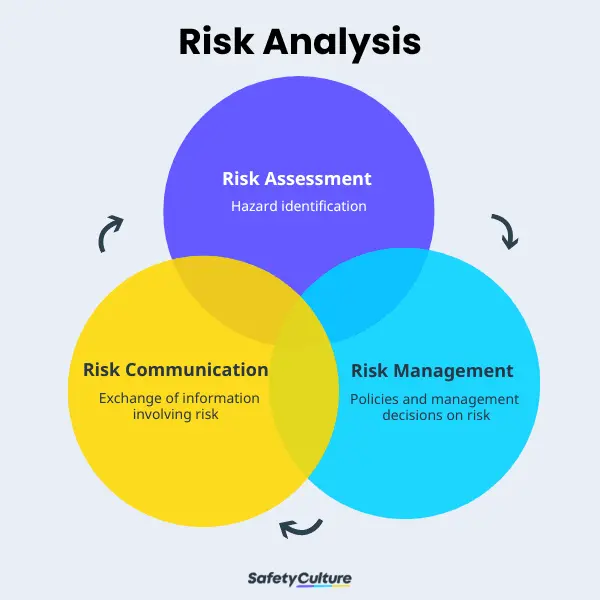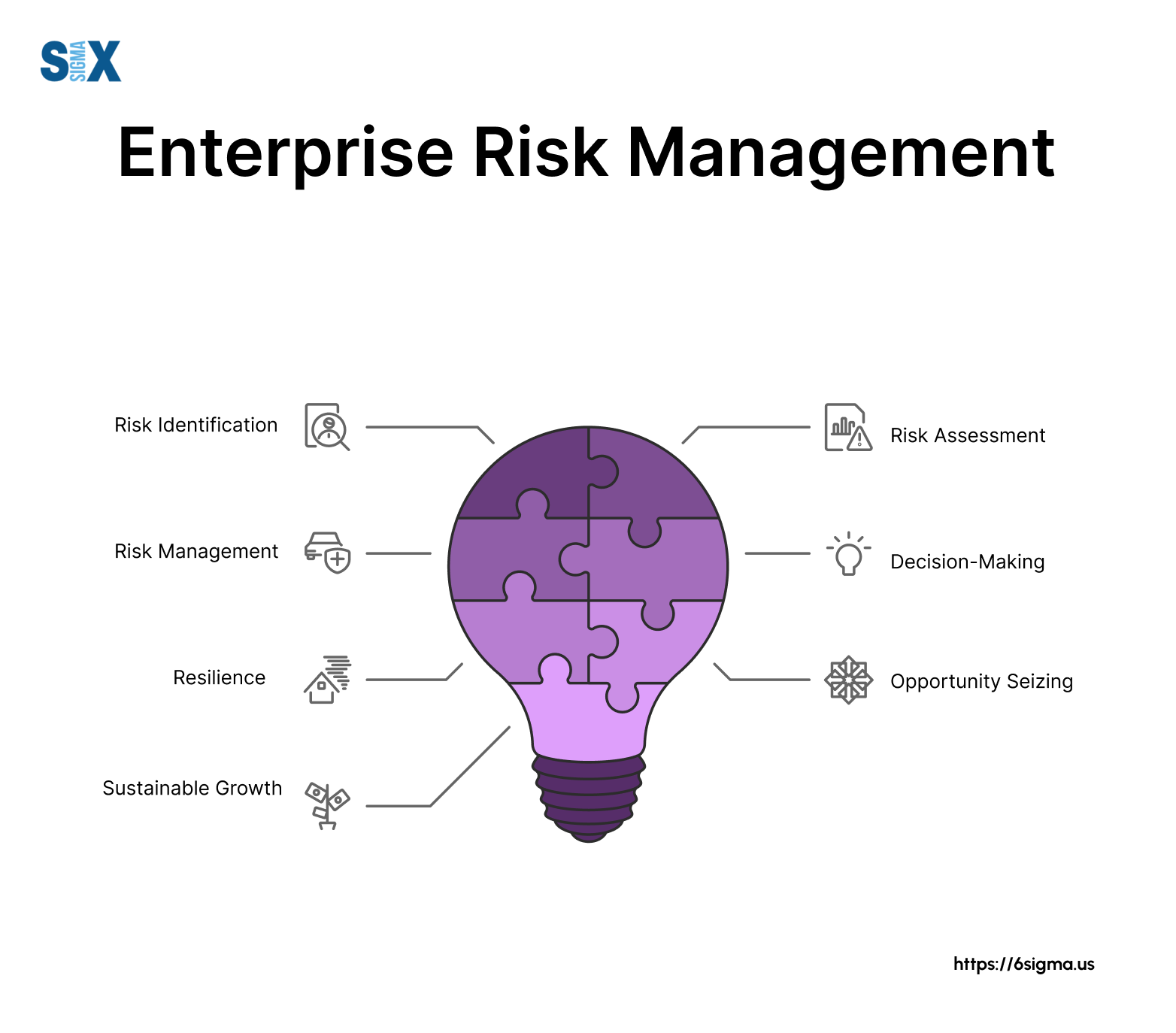The Importance and Importance of Risk Management in Ensuring Corporate Continuity
The Importance and Importance of Risk Management in Ensuring Corporate Continuity
Blog Article
Exploring the Importance of Risk Management for Effective Decision-Making Approaches
In the detailed world of company, Risk Management arises as a critical aspect in the decision-making process. The capability to identify possible hazards and possibilities, and strategize as necessary, can mean the distinction in between success and failure.
Recognizing the Concept of Risk Management
Risk Management, a vital component in decision-making, is often misinterpreted or oversimplified. Normally, it describes the recognition, analysis, and prioritization of risks to lessen, check, and control the chance or impact of regrettable events. However, it's not merely concerning protecting against negative end results, but also concerning recognizing potential possibilities. Risk Management involves structured and self-displined techniques, making use of information and informative assessments. It requires a thorough understanding of the company's context, goals, and the potential risks that could obstruct them. From financial uncertainties, legal responsibilities, critical Management mistakes, to mishaps and all-natural calamities, it deals with different risks. Importantly, reliable Risk Management is not stagnant; it's a continual, forward-looking procedure that progresses with changing scenarios.
The Duty of Risk Management in Decision-Making Processes
In the realm of tactical preparation and service procedures, Risk Management plays an essential duty in decision-making procedures. It helps in identifying prospective hazards and uncertainties that might influence the success of service goals. By tracing these threats, business can create strategies to reduce their impact, making certain organization continuity and security. Risk Management therefore ends up being a vital tool in decision-making, assisting leaders to make enlightened choices based on a detailed understanding of the dangers included. It encourages an aggressive technique, enabling companies to prepare and prepare for for feasible future situations. This significantly lowers the possibility of adverse consequences, advertising much more effective and efficient decision-making techniques. Risk Management serves as an important element in the decision-making processes of any company.

Just How Risk Management Boosts Strategic Preparation
In the context of calculated planning, Risk Management plays an essential function. Starting with the identification of possible threats, it additionally expands to the execution of Risk mitigation measures. The role of Risk Management is not static yet dynamic, as it requires continuous surveillance and adjusting of strategies.
Recognizing Possible Dangers

Carrying Out Risk Mitigation
Having actually developed the relevance of recognizing possible threats, the next step is to explore Risk reduction. This process entails developing and carrying out strategies to handle identified risks efficiently. It is a Get More Information vital facet of tactical planning as it improves decision-making by reducing prospective unfavorable outcomes. Risk mitigation approaches can vary from Risk avoidance, Risk transfer, to take the chance of reduction. Each strategy must be tailored to the details Risk, considering its potential influence and the organization's Risk tolerance. In addition, reliable Risk reduction calls for a deep understanding of the Risk landscape and the possible influence of each Risk. This understanding enables organizations to prioritize dangers and allot sources properly, guaranteeing that one of the most significant hazards are attended to first.
Tracking and Adjusting Methods
Though Risk mitigation is an important action in tactical planning, continuous monitoring and modification of these techniques is equally important. It also supplies an opportunity to review the success of the Risk Management measures, enabling adjustments to be made where required, further enhancing strategic planning. Monitoring and readjusting Risk Management approaches is a critical component for improving an organization's resilience and tactical preparation.
Instance Studies: Effective Risk Management and Decision-Making
In the globe of service and money, effective Risk Management and decision-making often offer as the columns of prosperous business. These cases highlight the worth of sharp Risk Management in decision-making procedures. These cases highlight the vital function of Risk Management in critical decision-making.
Tools and Methods for Efficient Risk Management
Navigating the complex puzzle of Risk Management requires the best collection of techniques and tools. These devices, such as Risk signs up and warmth maps, help in recognizing and analyzing prospective risks. Techniques consist of both measurable methods, like level of sensitivity analysis, and qualitative approaches, such as SWOT evaluation. These aid in prioritizing threats based upon their potential influence and probability. Risk reaction methods, a crucial component of Risk Management, entail accepting, avoiding, moving, or mitigating risks. Tracking and regulating threats, via routine audits and testimonials, ensure that the strategies stay reliable. With these techniques and tools, decision-makers can browse the facility landscape of Risk Management, great site thereby helping with notified and effective decision-making.
Future Patterns in Risk Management and Decision-Making Methods
As we discover the substantial landscape of Risk Management, it ends up being evident that the tools and techniques made use of today will certainly continue to progress. The idea of Risk society, where every participant of a company is aware and included in Risk Management, will gain more prestige. These fads declare an even more aggressive and inclusive technique in the direction of Risk Management and decision-making.
Final thought

Risk Management hence becomes an essential device in decision-making, aiding leaders to make educated options based on an extensive understanding of the dangers included. Risk reduction approaches can vary from Risk evasion, Risk transfer, to risk why not try these out reduction (importance of risk management). Effective Risk reduction requires a deep understanding of the Risk landscape and the prospective influence of each Risk. Risk feedback methods, a key part of Risk Management, entail accepting, preventing, transferring, or mitigating threats. The idea of Risk culture, where every participant of an organization is conscious and included in Risk Management, will certainly gain a lot more prominence
Report this page